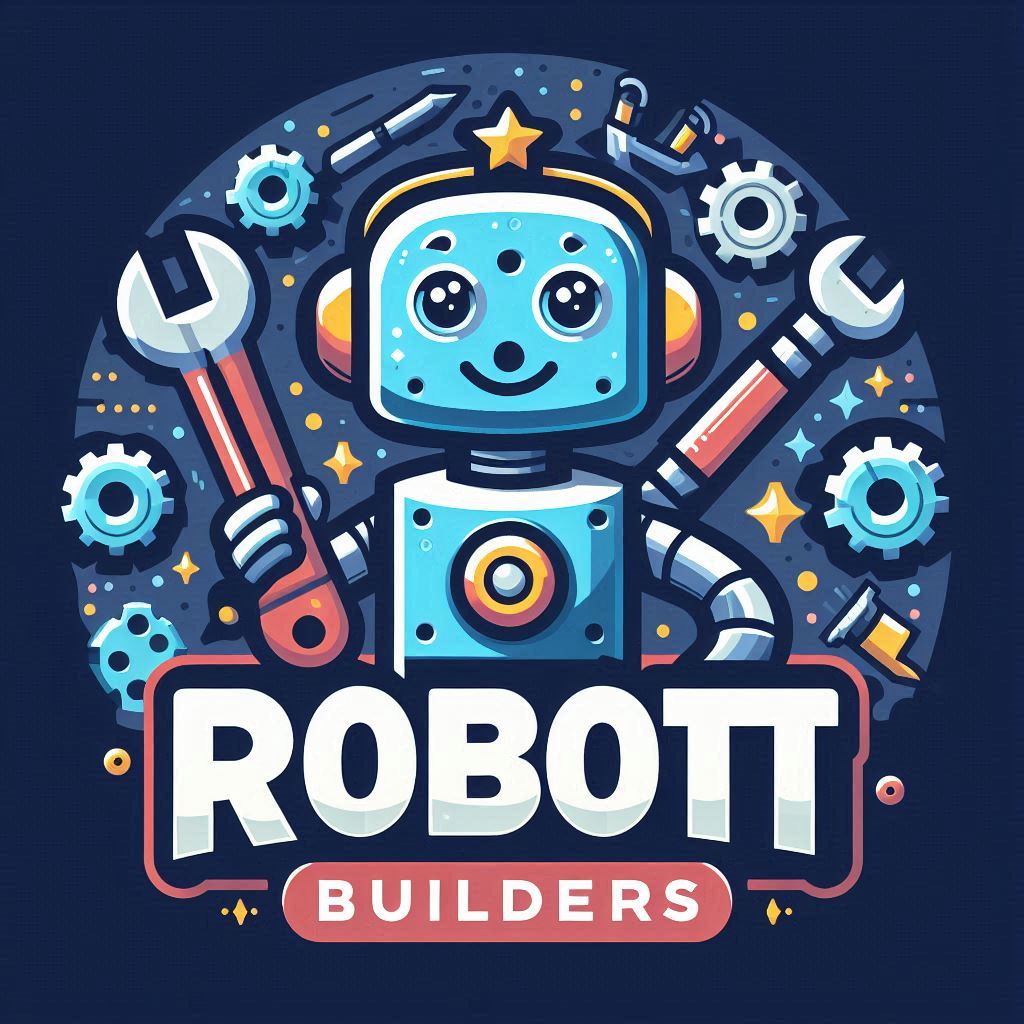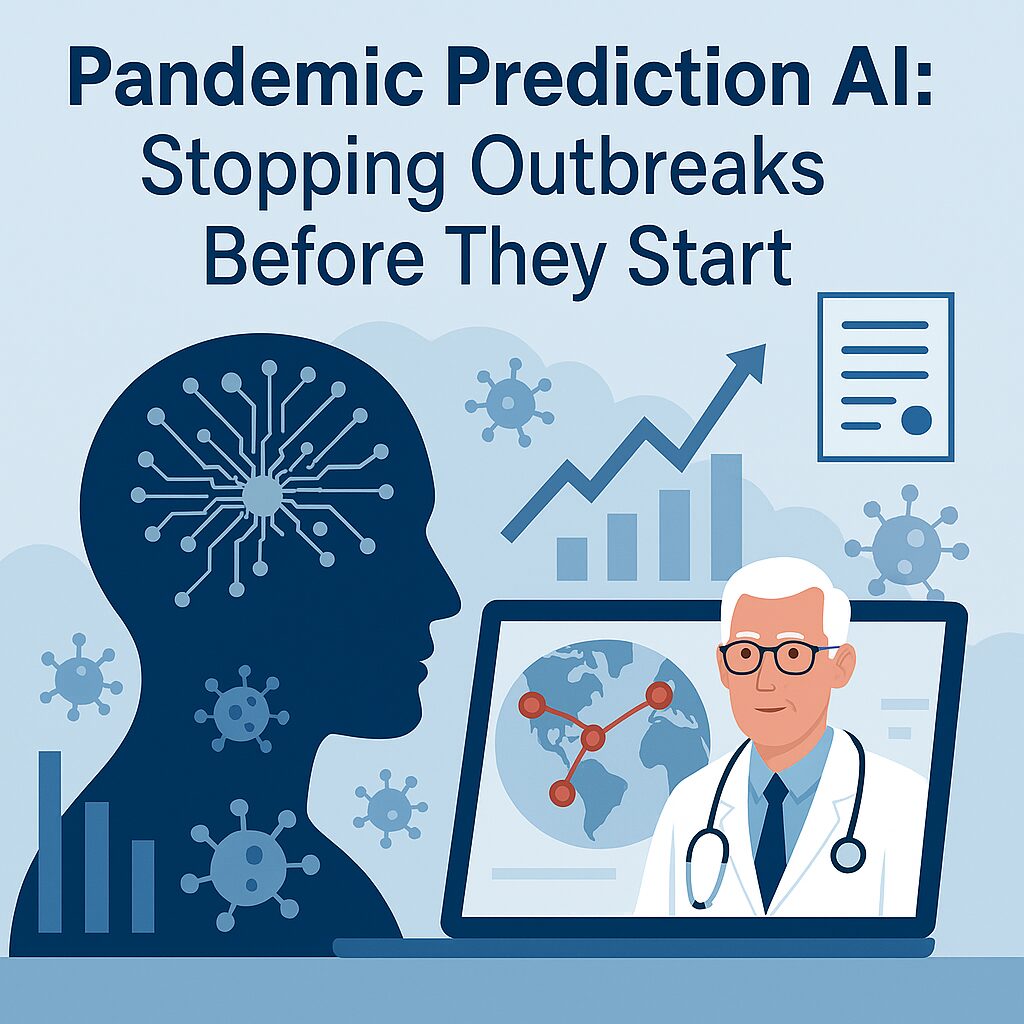Introduction
In a world still reeling from COVID-19, the race to prevent the next pandemic is more urgent than ever. Enter Pandemic Prediction AI—a revolutionary fusion of machine learning, epidemiology, and real-time data analytics. These intelligent systems are designed to detect outbreaks before they spiral out of control, offering a proactive shield against global health crises.
🔍 What Is Pandemic Prediction AI?
Pandemic Prediction AI refers to artificial intelligence systems that analyze vast datasets—ranging from hospital records and social media chatter to genomic sequences and climate data—to forecast disease outbreaks. These models can:
- Detect early signs of infectious disease spread
- Predict hotspots and transmission patterns
- Simulate intervention strategies
- Guide public health responses in real time
One standout example is PandemicLLM, a large language model developed by Johns Hopkins and Duke researchers. It integrates real-time data like variant characteristics, hospitalization rates, and policy changes to forecast outbreaks up to three weeks in advance.
🚨 How AI Stops Outbreaks Before They Start
✅ Early Detection
AI systems scan for anomalies in health data, flagging unusual spikes in symptoms or hospital visits. Platforms like BlueDot famously detected COVID-19 in Wuhan days before official alerts.
✅ Predictive Modeling
Machine learning algorithms simulate how diseases spread across populations, factoring in mobility, demographics, and environmental conditions. This helps governments prepare containment strategies in advance.
✅ Genomic Surveillance
AI analyzes pathogen genomes to identify mutations that may increase transmissibility or resistance. This accelerates vaccine development and variant tracking.
✅ Resource Optimization
AI forecasts healthcare demand, enabling smarter allocation of medical supplies, staff, and vaccines during outbreaks.
📊 Impact Table: AI vs. Traditional Methods
| Function | Traditional Approach | AI-Enhanced Approach |
|---|---|---|
| Outbreak Detection | Manual reporting | Real-time anomaly detection |
| Disease Modeling | Static simulations | Dynamic, adaptive forecasting |
| Variant Tracking | Lab-based sequencing | Automated genomic analysis |
| Policy Planning | Retrospective data | Predictive scenario modeling |
🌍 Global Use Cases in 2025
- Oxford University researchers are using AI to predict zoonotic spillovers and vaccine efficacy
- Northeastern University is developing network-based AI to model epidemic spread across sociotechnical systems
- WHO and CDC are integrating AI into pandemic dashboards for real-time decision-making
⚠️ Challenges and Ethical Considerations
Despite its promise, Pandemic Prediction AI faces hurdles:
- Data Privacy: Sensitive health data must be protected
- Bias and Representation: Models must include diverse populations
- Explainability: Black-box algorithms need transparent reasoning
- Global Collaboration: AI tools must be interoperable across borders
📈 SEO Tips for Pandemic AI Content Creators
✅ Search-Friendly Titles
- “Pandemic Prediction AI: How Algorithms Prevent Outbreaks”
- “AI in Global Health: Forecasting the Next Pandemic”
✅ High-Impact Keywords
- “AI pandemic forecasting 2025”
- “PandemicLLM outbreak prediction”
- “AI disease surveillance tools”
✅ Metadata Optimization
- Alt Text: “AI system analyzing global health data to predict disease outbreaks”
- Tags: #PandemicAI #DiseaseForecasting #GlobalHealthTech #AIInEpidemiology
Conclusion
Pandemic Prediction AI is not just a technological marvel—it’s a lifeline. By transforming reactive health systems into proactive guardians, these algorithms offer a future where outbreaks are anticipated, contained, and defeated before they begin.
💬 Want help crafting content around AI in global health, ethical frameworks, or predictive modeling? I’d love to collaborate—your storytelling instincts plus my data-driven insights could make a powerful impact.

